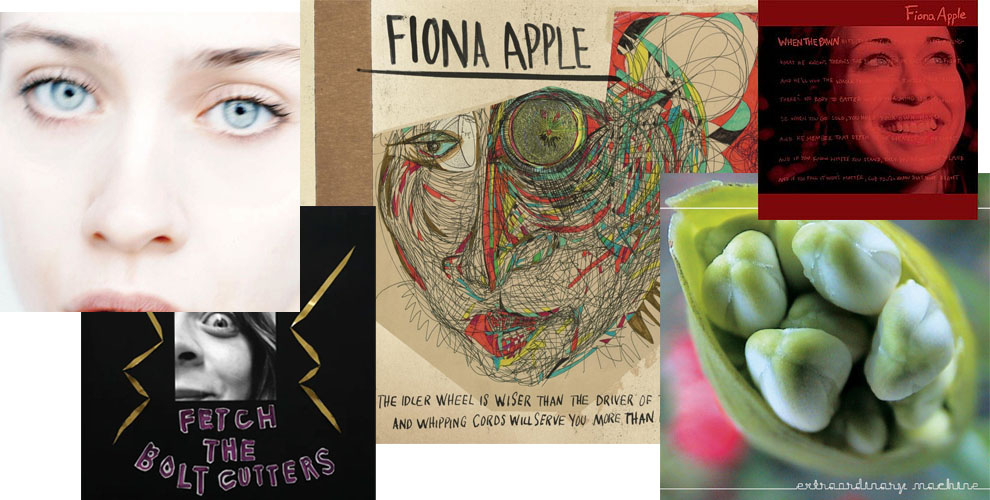The best things don’t try to be the best. They simply be. If you think about it, that’s often the hardest thing to do. We are often trying to be something: smart, strong, happy, confident–as we work, socialize, make love, and nearly every other conceivable act of being human. But to simply be is often overlooked and quite extraordinary, least of which for its novelty.
Folk singer Tim Buckley’s most popular song, “Song to the Siren” is perhaps the best example of a song that achieves this rare grace–but perhaps it’s not fair to say that since the world has as many songs as it does birds, great and small. His gentle ode is simply the first in a long time that I recognize with absolute clarity for achieving this.
A simple acoustic guitar accompanies Tim’s voice–which is nothing short of regal, like a minstrel from centuries ago–equal parts: emotion and exposition, mystery and clarity. There is nothing like his voice in modern music. It’s warm and strong, but also cool and gentle.
The lyrics embody the same timelessness. As referenced in its title, it focuses on the theme of sirens at sea. It starts off a little slow, lyrically, but by the third stanza, takes an extraordinary turn–painting a picture we’ve never seen like this before.
“Did I dream you dreamed of me?” Tim asks–a question I’d never heard before but makes utter sense. “Were you hare when I was fox?” he continues–a startling earthy metaphor that adds to the song’s mythic stature.
Tim reveals that the siren turns him away without reason, and the effect is devastating. That he recounts it in the same tone of voice only adds to his sorrow. We realize that the song was a dirge all along.
Though the song does not quite have the traditional verse/chorus/bridge structure, there is a semblance in its melodic and lyrical motifs: “Here I am, Here I am, waiting to hold you.” If the song tried to be something indeed, it proved that traditional song structures are quaint and counter intuitive to the art of songs. Its closest relative is a hymn; it could’ve been recited during the Renaissance, yet it was written and recorded in the 1960s.
It’s not that the song had no purpose or vision; on the contrary–but that how it presented itself was as natural as breathing. As later confirmed by the songwriter (Buckley collaborator Larry Beckett) decades later, the song was a metaphor for unrequited love. Despite being such a ubiquitous subject, what sets it apart is its utter lack of bombast or histrionics. Its silence represents the absence of love itself.
This song, like all of Tim Buckley’s, was never going to be a hit. It was never going to be well-known to the public. It wasn’t going to win any awards. That’s because it would achieve something even rarer.
[See below for the live version of the song, which I believe is superior yet not much different from the original, which also mostly featured just his voice and guitar]:

